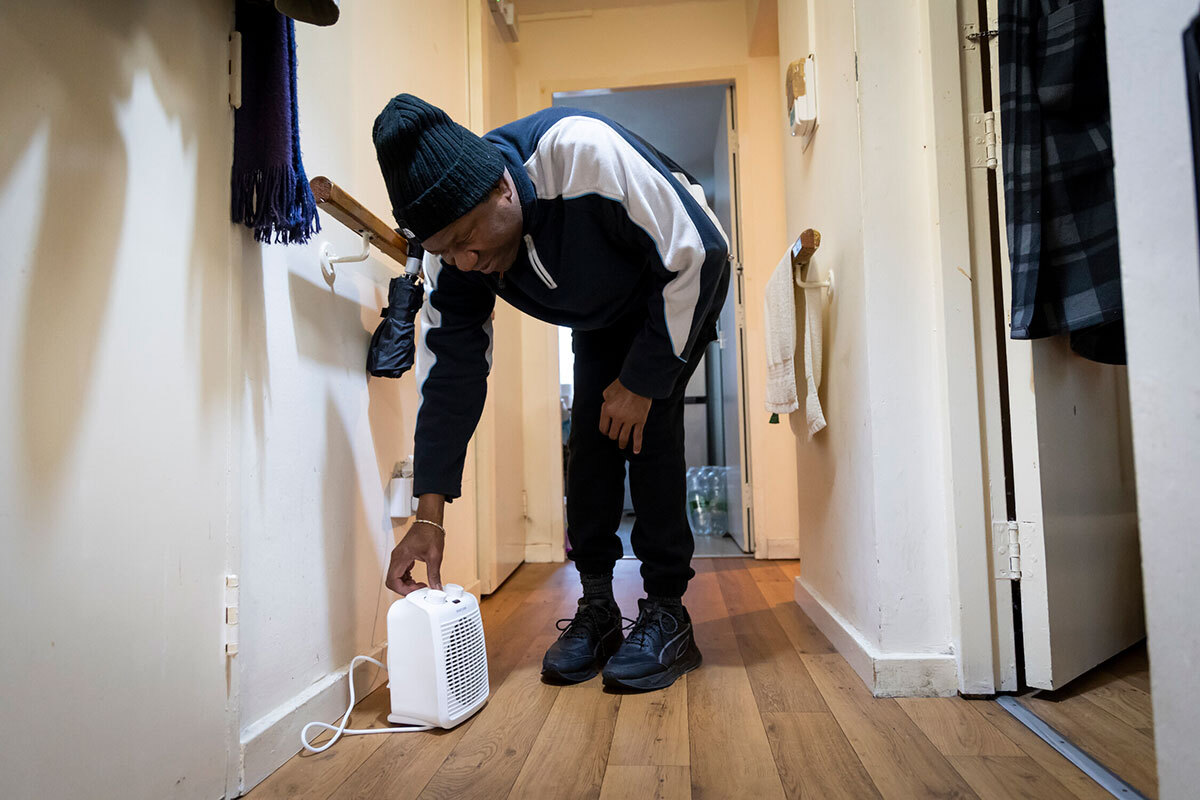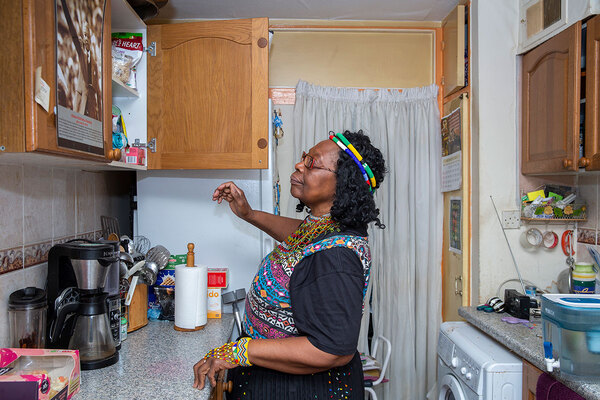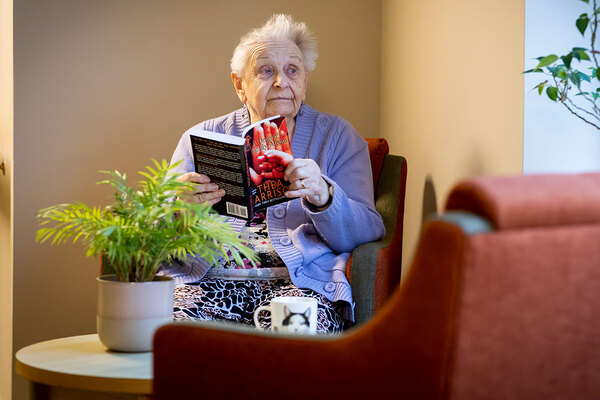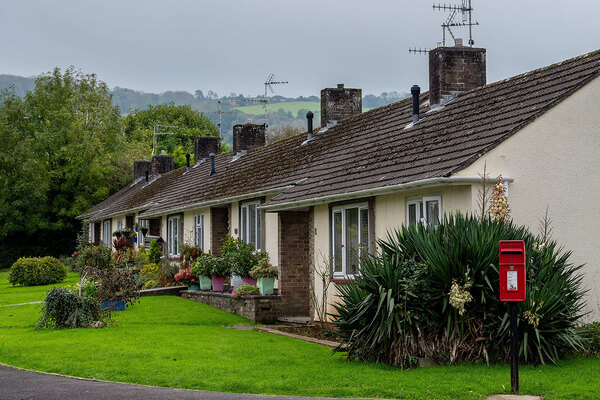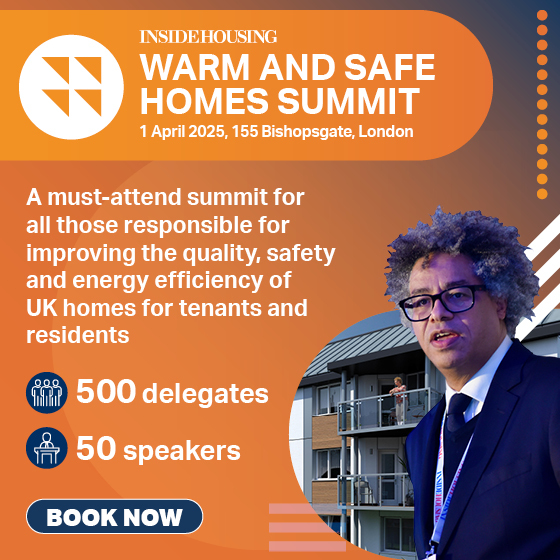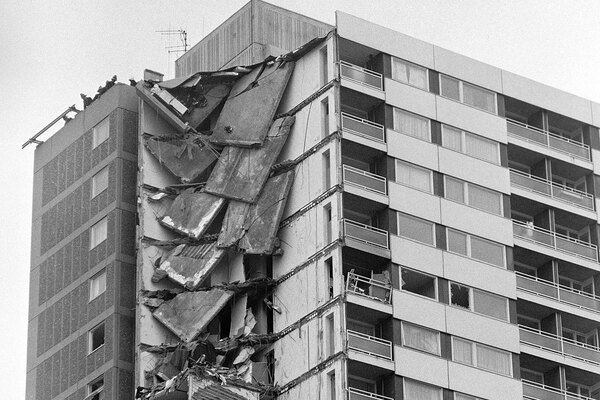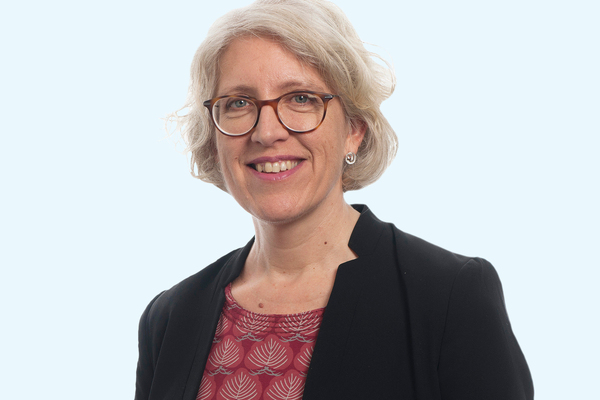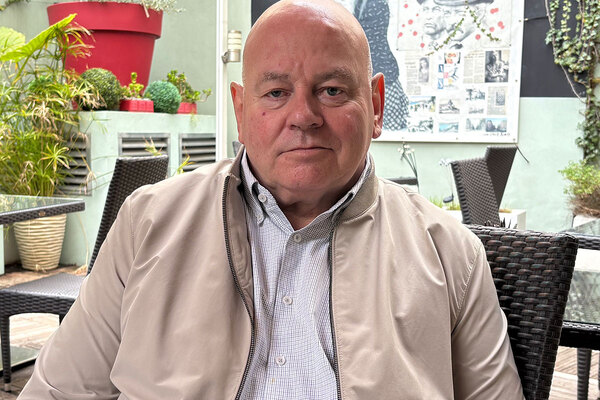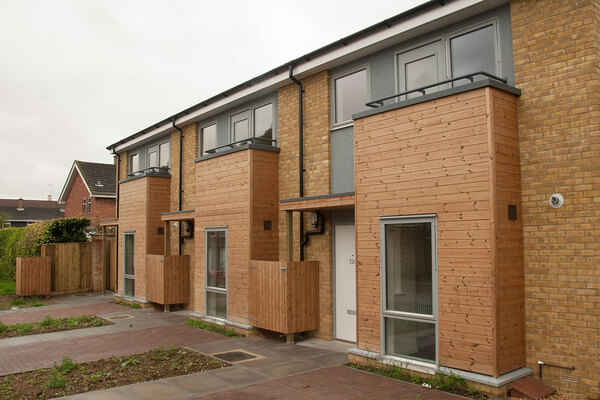One in five older people live in homes that could be worsening existing health conditions
A major national charity has warned that more than one in five people aged 50 and over in England are living in a poor-quality home that could be making their existing health condition worse.
A new analysis by the Centre for Ageing Better has revealed that 4.5 million people aged 50 and over in England with a health condition aggravated by the cold are living in a home with one or more serious problems.
This includes 2.8 million people aged between 50 and 70, and 1.7 million aged 70 or over. Researchers also found that people are more likely to be impacted by this issue if they are from Black and minority ethnic backgrounds, living in London or living with a serious health condition/disability.
Carole Easton, chief executive of the Centre for Ageing Better, said: “Our latest research shows that our poor-quality housing crisis is putting people with health conditions in their 50s, 60s and beyond in harm’s way.
“This is obviously terrible for those individuals who live in homes that carry a very real risk of making them sick, particularly when winter comes around. But it is also very bad news for the country. Older workers living in homes that are making their health conditions worse are going to be less likely to be able to work and help grow the economy.
“Older people whose serious health conditions are made worse by their homes will require treatment, putting additional winter pressures on our health system. All could be averted if we tackled poor-quality housing with the urgency and priority it demands.”
A report published in March last year revealed how 32% of local authorities do not have a policy framework in place to deliver senior accommodation over the next two decades.
This new research looked at people aged 50 and above with a range of health conditions impacted by sub-standard living conditions including respiratory diseases, congestive heart failure, lung conditions such as asthma, heart disease and neurological disease.
Housing problems identified included rising damp, water leaks, bad condensation, electrical or plumbing problems, rot and decay, being too cold in the winter, and structural issues. One in three (33%) live in a home with a housing problem, including one in seven (15%) who report having three or more housing problems.
Around one in two (46%) people aged 50 and above from Black and minority ethnic backgrounds with one of these health conditions has at least one problem with their home – totalling nearly 500,000 older people.
This is compared to around one in three (32%) of people aged 50 from white backgrounds with a health condition who had at least one significant problem with their home.
People aged 50 and above from a Black or minority ethnic background and with a health condition (15%) were also more than twice as likely to have five or more issues with their housing compared to their white counterparts (6%).
The highest proportion of older people with these health and housing problems are living in the rented sector (51%) but the largest number, totalling 2.2 million people over 50, own their home outright.
Older renters with a health condition are up to three times (14%) more likely to have five or more issues with their home than someone aged 50 or over who owns their home outright.
People aged 50 and over with a health condition that deteriorates in the cold, damp and other poor housing conditions, and who have a significant issue with their homes, were most likely to live in London (52%) followed by the North East (35%) and the North West (35%).
Holly Holder, deputy director for homes at the Centre for Ageing Better, said: “We are calling on the government to fix this hidden housing crisis by delivering a national strategy to tackle poor-quality housing across all tenures and committing to halving the number of non-decent homes over the next decade.
“The strategy should be supported by a national network of local one-stop shops called Good Home Hubs that would offer advice on home repairs and adaptations including where to find trusted tradespeople, identifying what work needs to be done, how to finance repairs and improve energy efficiency.”
The Housing and Ageing Alliance has previously called on Homes England to set aside 10% of its grant programme for older people’s housing.
A government spokesperson said: “Despite the challenging inheritance faced by this government, through our Plan for Change we’re taking action to improve housing conditions across all tenures and ensure homes are decent, safe and warm – especially for the most vulnerable.
“We’re consulting on reforms to the Decent Homes Standard next year to improve the quality of social and privately rented housing and introducing Awaab’s Law to both sectors to tackle damp, dangerous and cold conditions for all renters in England.
“Our Warm Homes Plan will also help people find ways to save money on energy bills and deliver cleaner heating, with up to 300,000 households to benefit from upgrades next year.”
Sign up to the Warm and Safe Homes Summit 2025
Join more than 500 sector leaders responsible for retrofitting and improving the quality of homes – spanning asset management, building safety, sustainability, tenant engagement, procurement, governance and compliance.
The Warm and Safe Homes Summit (previously called the Retrofit and Strategic Asset Management Summit) offers a crucial opportunity for you to build collaborations and partnerships, driving progress toward healthy, safe and energy-efficient homes for tenants and residents.
